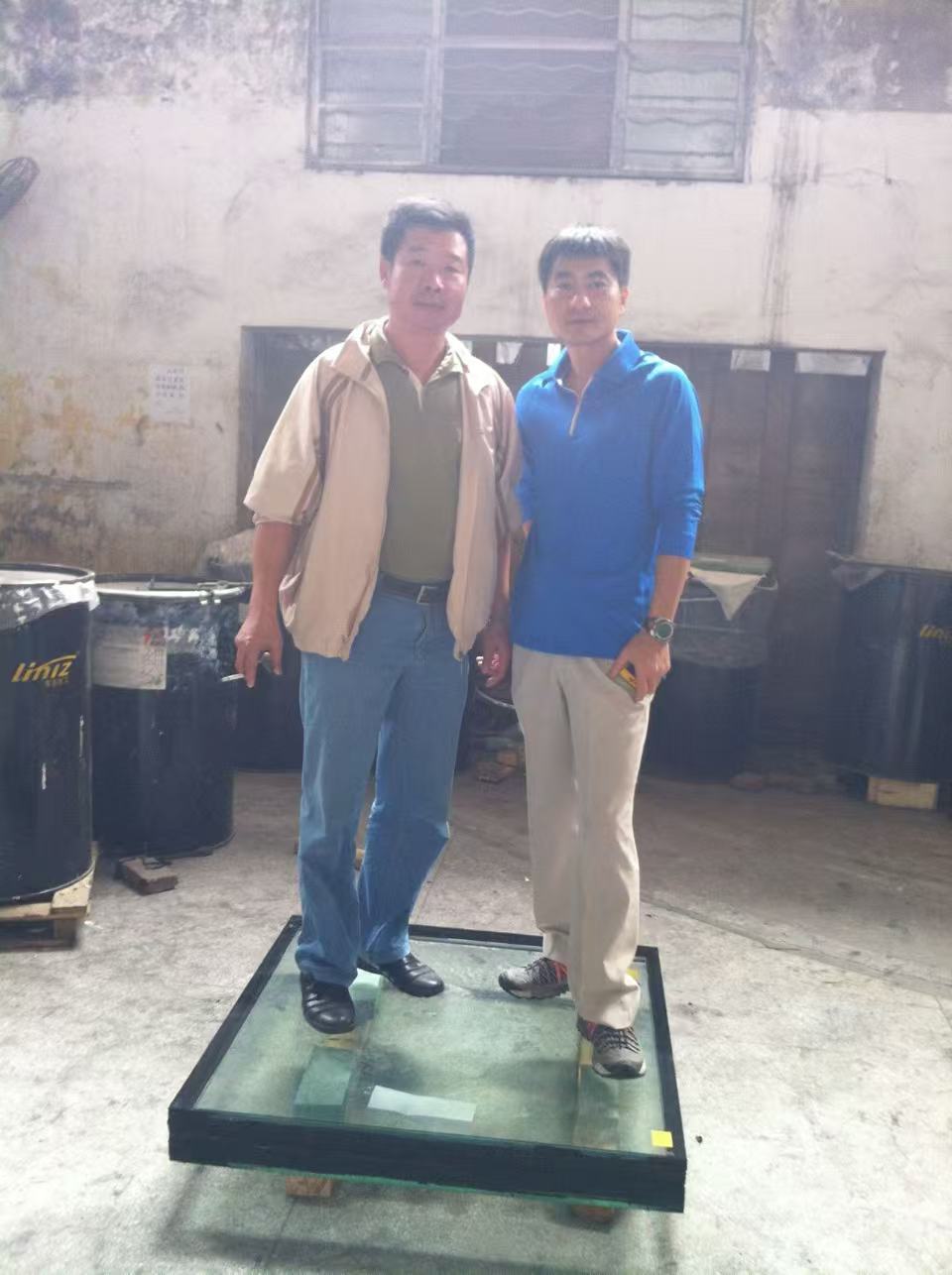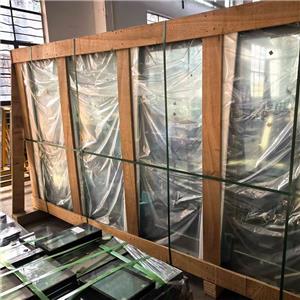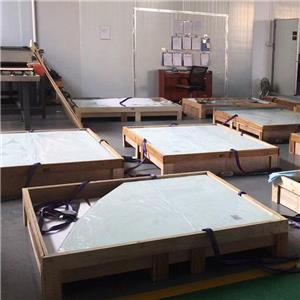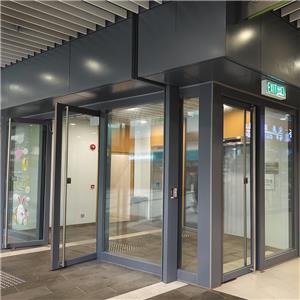Choosing the Right Fire-Rated Glass for Chemical Laboratories
Chemical laboratories present unique fire safety challenges due to the presence of flammable substances, high-temperature processes, and corrosive chemicals. Selecting the appropriate fire-rated glass is critical to ensuring personnel safety, protecting equipment, and complying with international building codes. As a leading fire-rated glass manufacturer based in Zhongshan, Guangdong, we specialize in engineering solutions tailored to the demanding environments of modern laboratories. This article explores key considerations for choosing fire-resistant glass in chemical labs and highlights advanced technologies that set global standards.

1. Unique Fire Risks in Chemical Laboratories
Chemical labs operate under conditions that amplify fire hazards:
Flammable Liquids/Gases: Solvents, fuels, and compressed gases can ignite rapidly.
Exothermic Reactions: Uncontrolled reactions may generate intense heat (>1,000°C).
Corrosive Exposure: Acidic or alkaline vapors degrade conventional materials.
Structural Stress: Thermal shocks from explosions or quenching procedures.
Traditional fire-rated glass often fails in such scenarios due to insufficient thermal resistance, poor chemical stability, or lack of structural integrity.

2. Critical Performance Criteria for Lab Fire-Rated Glass
A. Fire Resistance Duration
Laboratories require extended fire protection to allow safe evacuation and containment.
Minimum Rating: 60–120 minutes (tested per ASTM E119/EN 1364-1).
Advanced Option: Ceramic-based glass withstands 180+ minutes at 1,200°C.
B. Thermal Shock Resistance
Sudden temperature changes (e.g., from liquid nitrogen spills to Bunsen burner flames) demand glass with low thermal expansion coefficients.
Borosilicate Fire Glass: Retains integrity at -50°C to 450°C (ΔT >500°C).
C. Chemical Corrosion Resistance
Hydrofluoric acid, chlorine, and organic solvents require specialized coatings or laminated interlayers.
PVB-Free Interlayers: Silicone-based layers resist swelling/delamination under chemical exposure.
Acid-Etched Surfaces: Reduce reactivity with corrosive vapors (tested per ISO 17526).
D. Impact and Blast Resistance
Explosion-proof designs integrate tempered glass layers and reinforced framing.
Multilayer Laminated Glass: Withstands 300 kPa blast pressure (EN 13541).
E. Optical Clarity and UV Stability
Maintain visibility for safety monitoring without yellowing over time.
Low-Iron Glass: 92% light transmission even after prolonged UV exposure.
3. Recommended Fire-Rated Glass Types for Labs
Type 1: Hybrid Ceramic-Composite Glass
Structure: Ceramic interlayer + tempered glass + intumescent sealant.
Advantages:
180-minute fire rating.
Resists HF acid (up to 48 hours at 20% concentration).
Anti-fogging properties for emergency visibility.
Applications: Fume hood windows, lab partition walls.
Type 2: Borosilicate Fire Glass with Silicone Edge Seals
Structure: 3-layer borosilicate panels + high-temperature silicone gaskets.
Advantages:
Operates from -196°C (cryogenic) to 800°C.
Zero deformation under thermal cycling.
Applications: Glove box windows, reactor observation panels.
Type 3: Wire-Reinforced Laminated Glass
Structure: Wired mesh embedded within 2–3 glass plies.
Advantages:
Prevents glass collapse post-fire exposure.
Meets OSHA’s “Safe Breakage” requirements.
Applications: Emergency exit doors, explosion-prone zones.
4. Compliance with Global Standards
To access overseas markets, ensure glass meets regional certifications:
North America: NFPA 257, UL 9.
EU: EN 1363-1, CE Marking.
Middle East: Civil Defense Code (e.g., UAE CFR 2018).
Asia-Pacific: AS 1530.4 (Australia), GB 15763.1 (China).
As a Zhongshan-based manufacturer, our products hold dual certifications (e.g., UL + CE), streamlining compliance for international clients.
5. Cost vs. Lifetime Value Analysis
While advanced fire-rated glass costs 20–40% more than standard types, labs benefit from:
Reduced Insurance Premiums: Up to 15% discounts for compliant installations.
Lower Replacement Costs: 10+ year lifespan vs. 3–5 years for uncoated glass.
Operational Continuity: Avoid $250k+ losses from lab shutdowns (per fire incident study by FM Global).
6. Partnering with a Certified Manufacturer
When sourcing fire-rated glass, prioritize suppliers who:
Offer Custom Engineering: Tailor thickness, coatings, and framing to lab layouts.
Provide Third-Party Test Reports: Validated by SGS, TÜV, or Intertek.
Support Installation: Collaborate with architects to ensure airtight fire seals.




